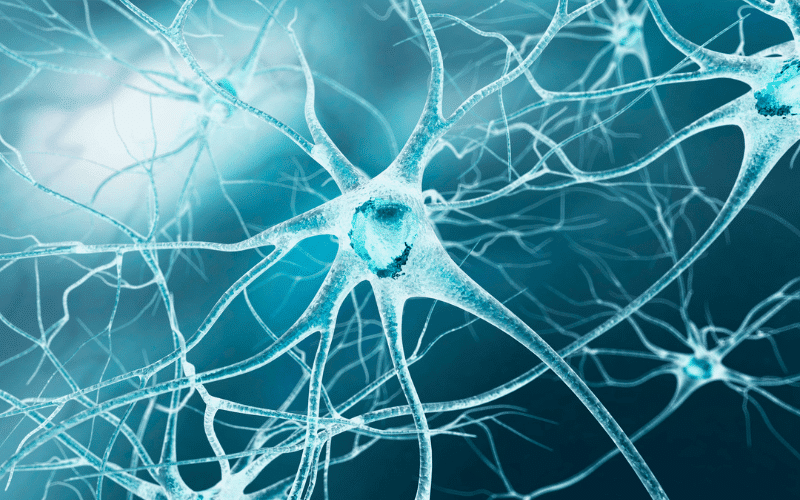Introduction: An In-depth Journey into Juvenile Huntington’s Disease

The field of neurology is rife with mysteries, and one of these pertains to a condition known as Juvenile Huntington’s disease, also referred to as Huntington’s chorea. The disease is a double-edged sword, presenting not just physical ramifications, but cognitive and psychiatric implications as well. This piece aims to shed light on this complex disease, offering readers an in-depth understanding of its cause, progression, and impact.
Juvenile Huntington’s disease is a variant of Huntington’s disease, exhibiting an early onset typically before the age of 20. Like its adult counterpart, it is a genetic condition that progressively degenerates specific nerve cells in the brain. This degeneration leads to changes in a person’s ability to think, reason, and move – tragically altering the course of their lives.
But how does this disease come to be? What are the telltale signs of its onset? Are there potential treatment options available to patients? These questions and more are what we’ll aim to answer as we delve deeper into the intricacies of Juvenile Huntington’s Disease.
At its core, Juvenile Huntington’s disease is a genetic condition, passed from parent to child. A deep understanding of the genetic foundations of this disease is key to unraveling its causes, effects, and potential treatment strategies.
To ensure a thorough understanding, we will not just cover the foundational facts about this condition. This exploration will also delve into the latest research and data, highlighting the progress the scientific community has made in understanding and combatting this devastating disease.
Fact 1: The Rarity of Juvenile Huntington’s Disease

It’s a statistical truth that juvenile Huntington’s disease is an uncommon medical phenomenon. Only 5-10% of all HD cases are juvenile. This fraction may appear minuscule, but its rarity amplifies the challenges associated with diagnosis and treatment.
In an ocean of common diseases, juvenile HD is a lonely island, often misunderstood and misdiagnosed. Rare diseases are difficult to detect, as their lower incidence rates leave clinicians less familiar with their symptoms. This leads to delays in intervention and a higher risk of adverse outcomes.
Simultaneously, the rarity of the condition underscores the need for targeted research. Research resources, though vast, are often spread thin, necessitating a strategic focus on conditions that affect larger populations. As a result, the solutions for rare diseases like juvenile HD are often slower to materialize.
Conclusively, rarity breeds a unique set of hurdles for any disease, and juvenile HD is no exception. From challenges in diagnosis and treatment to gaps in research, the rarity of juvenile HD significantly impacts our approach to combating this debilitating condition. (1)